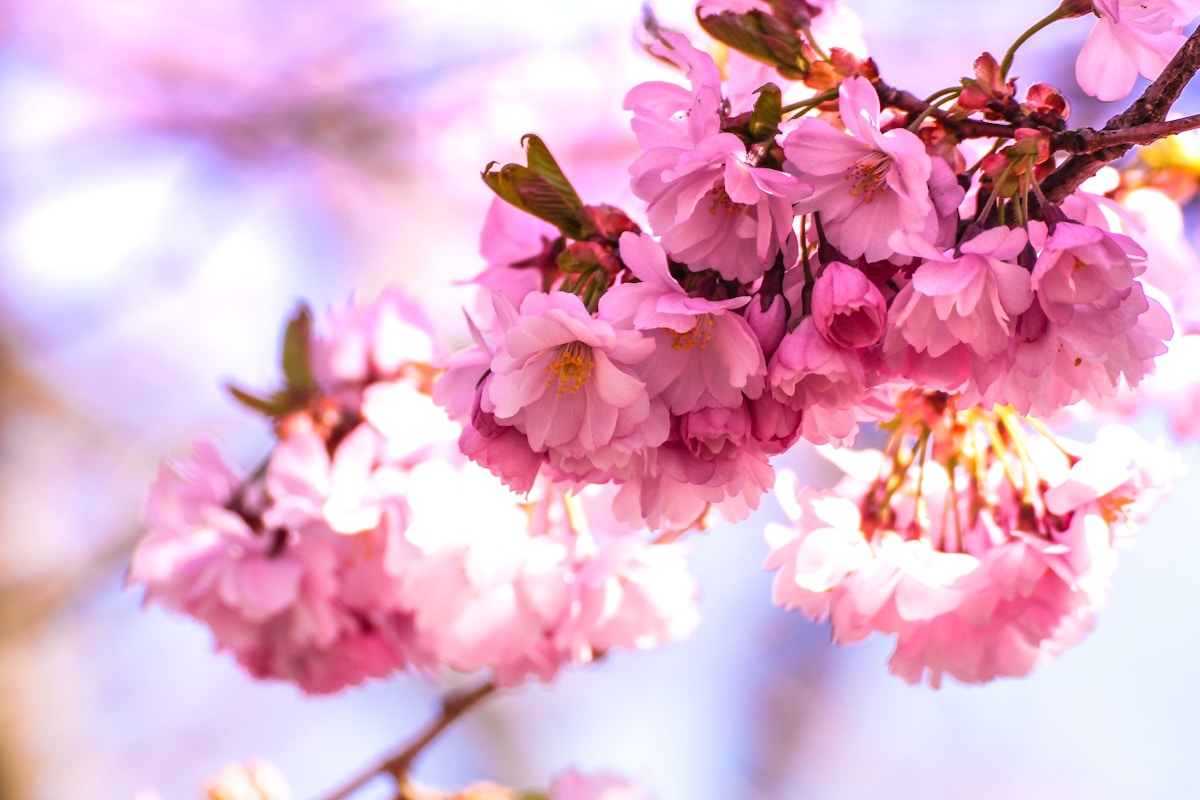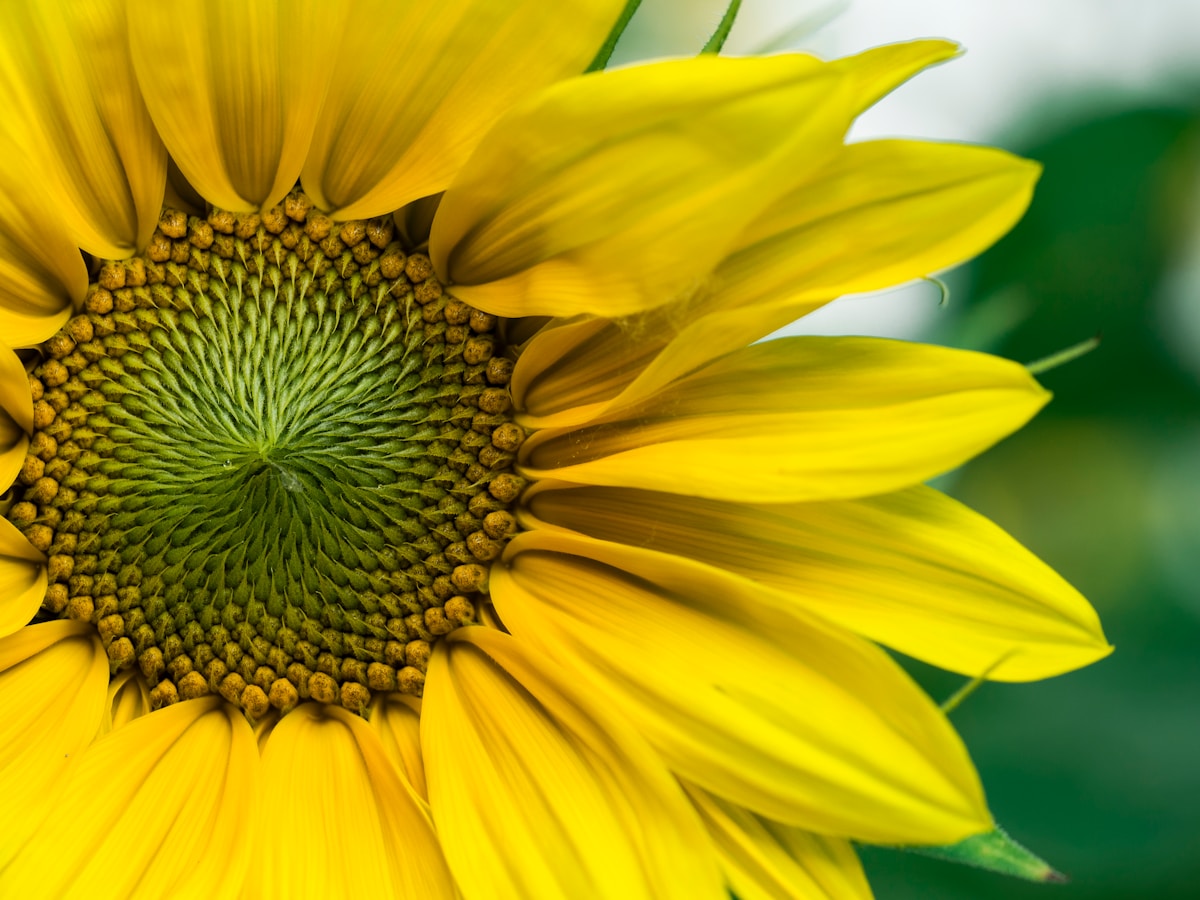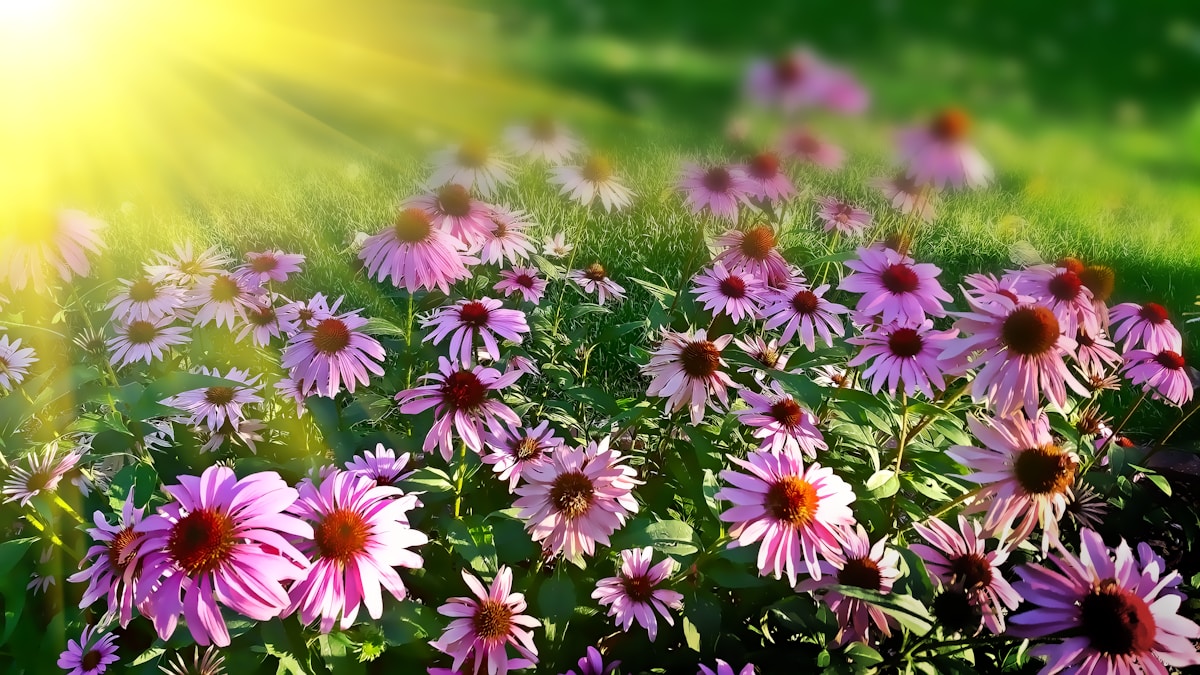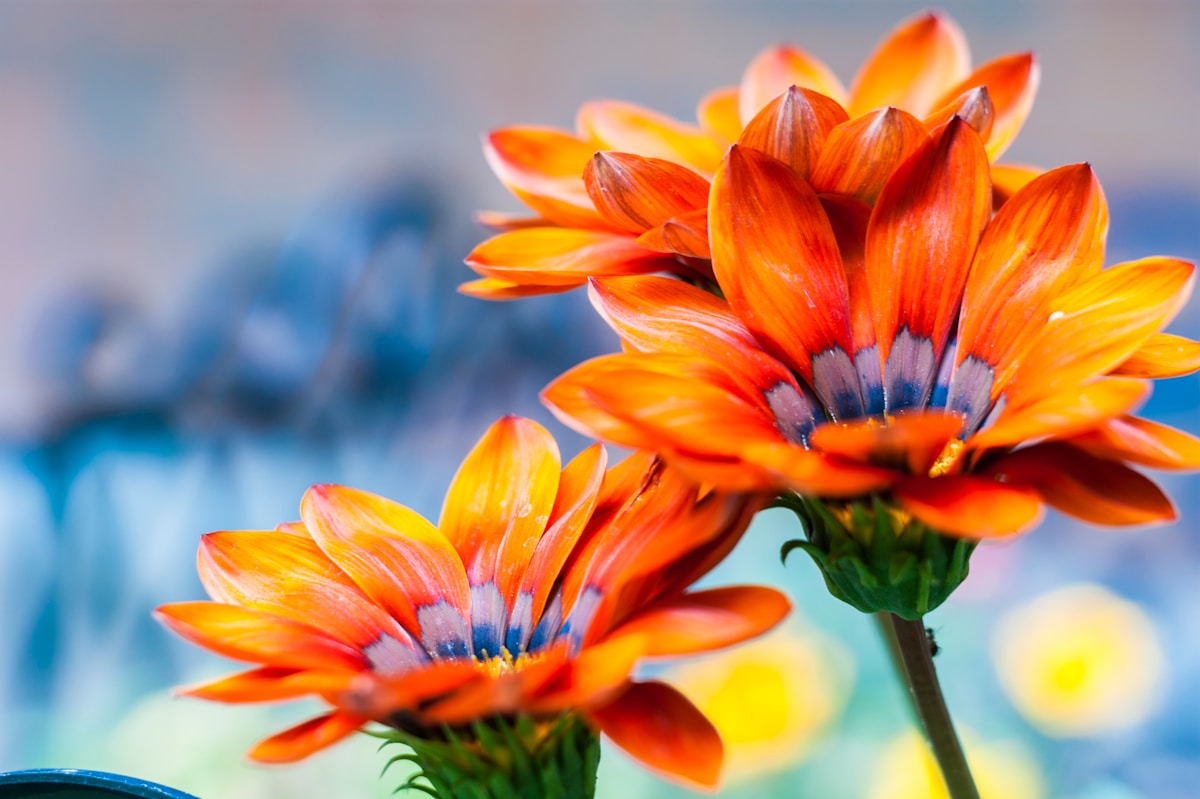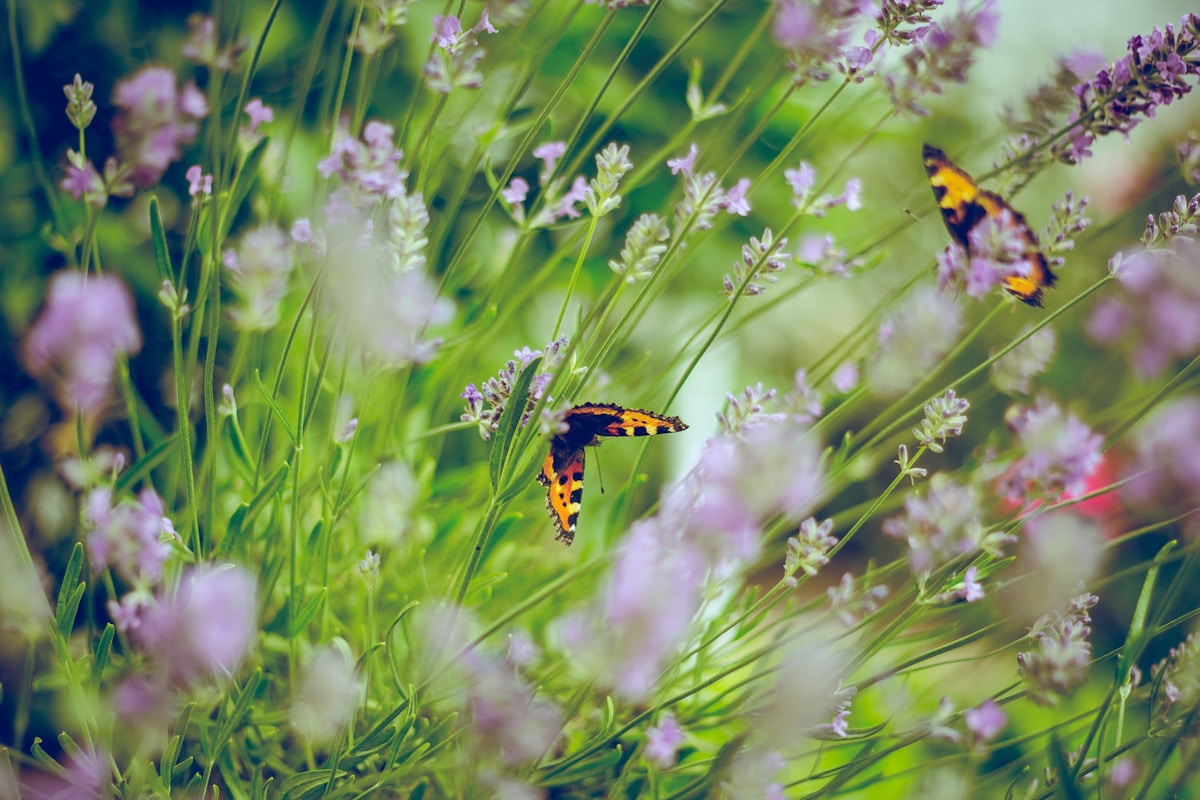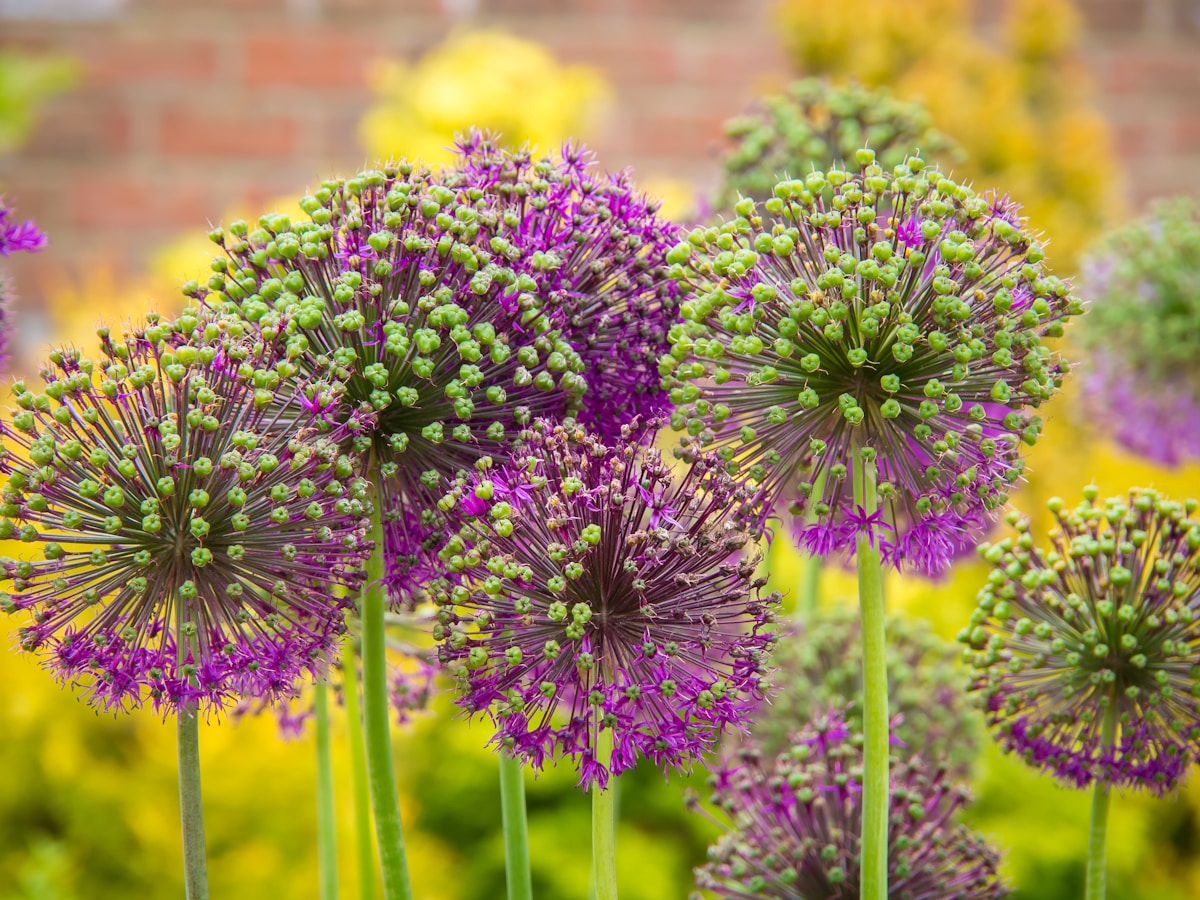The plant reproduction process requires pollination to ensure that plants produce fertile seeds and then fruit. Flowering plants require assistance from bees and butterflies for pollination. Many plants are ideal for attracting pollinators due to their scents and colors. To ensure that plant reproduction continues the way nature intended, bees and butterflies must continue to thrive. Contribute to this natural process by creating a garden that will attract pollinators. Your bee and butterfly garden will provide a place for pollination when other environmental factors, such as pesticide use, threaten this process.
Fragrance plays a significant role in attracting bees and butterflies to a garden. Each plant possesses a unique scent that combines volatile organic compounds, which convert to gases and move through the air. Different pollinators have specific preferences for fragrances, preferring some scents over others in a garden. Bees have more preferences for fragrances than butterflies do because butterflies have less-sensitive olfactory senses. For this reason, butterflies are more attracted to colors and unusual petal shapes than scents.
Choose an enclosed area for your bee and butterfly garden because this will prevent scents from blowing away in the wind. The plants that grow in a bee and butterfly garden generally require full sun. Hedges or buildings around your garden will trap and hold scents in to make them stronger. These barriers can also help to reflect heat into the garden, which often intensifies fragrance. Place brush piles in various areas of the garden to provide bees with natural nesting spots.
Focus a bee and butterfly garden around native plants to your area instead of choosing invasive plants that could disrupt the natural environment of the garden. For the most enticing garden, choose plants of varying shapes and colors that will bloom in ongoing succession throughout the growing season. This will ensure that bees and butterflies continue to visit to pollinate. Plant colors include purple, blue, yellow and red (although bees can't see the color red). Choose a wide variety of plants, including those that bloom during the day and at night. Create plant groupings of at least three to five plants so the groups are large enough to attract pollinators. Never use pesticides of any type in a bee and butterfly garden because these products destroy pollinator populations.
Try lavender hyssop in a bee and butterfly garden. This perennial plant grows to a height of up to 36 inches and produces lavender flowers with a honey-anise scent. The mosquito plant is a perennial that produces purplish-pink flowers with a rich scent. An added benefit of the mosquito plant is its natural mosquito-repellent properties. Add annual "Sweetunia" petunias to the borders of your bee and butterfly garden for showy color and scents throughout the summer. Coral vine could be a delightful vine to add to your garden. The blossoms that appear along this energetic vine are pink and fragrant, and they appear in late summer and autumn.
Herbs can also be attractive to pollinators. Add plants in the mint family, including peppermint, lavender, basil, and oregano. Bees also like rosemary, sage, thyme, chamomile, marjoram, and bee balm. The heady perfume of these and other herbs often calls bees to visit your garden.
The perennial salvia serves as a hearty shrub in a bee and butterfly garden. Salvia grows up to three feet tall and produces both fragrant foliage and vibrant blossoms throughout the summer. The common lilac will eventually grow into an impressive shrub up to 12 feet in height. Lilacs blossom energetically during the spring, putting forth aromatic flowers in lavender, purple, or white. Garden phlox puts on an impressive show of delightful bi-colored blossoms in early summer. Phlox shrubs will grow to a full height of three feet. The fragrant mist flower will expand to heights of up to six feet in your garden. This shrub will deliver scented blooms in late summer and autumn.
If you have space in your garden for trees, fruit trees provide important pollination opportunities for bees. Apricot, cherry, plum, apple, and crab apple trees are attractive to pollinators in the spring. A sweet acacia tree in your bee and butterfly garden will add interest and a heady scent. The yellow flowers on the acacia tree pop out in early spring to lure bees and butterflies in. A kidneywood tree produces white blossoms throughout the entire growing season to attract pollinators.
Learn everything you need to know about creating and maintaining a bee and butterfly garden by visiting these resources:
- Attracting Bees to Your Yard and Garden
- Butterfly Pollination
- The Pollinators: Butterflies
- 21 Best Plants for Pollinators
- Pollinator Gardens in Alaska
- Gardening for Native Bees in Utah and Beyond
- Your Urban Garden is Better with Bees
- Garden Scents to Remember
- Does Your Garden Make Scents?
- Fragrant Sweet Peas Please the Gardener More Than the Bee
- Honey Bee Senses
- Spring Flower Fair Herbs
- Jasmine
Life is the flower for which love is the honey - Victor Hugo
Melipona Honey 100% Pure 32 fl.oz. Get FREE 2 fl.oz dropper (honey included), from $199.99 USD purchase here
Special thanks for this article to: Conservationist Organization (Green is Love), to the Youth Gardening Club, Natalie a member of the club and Michelle Alexander from Fragrance Library.
